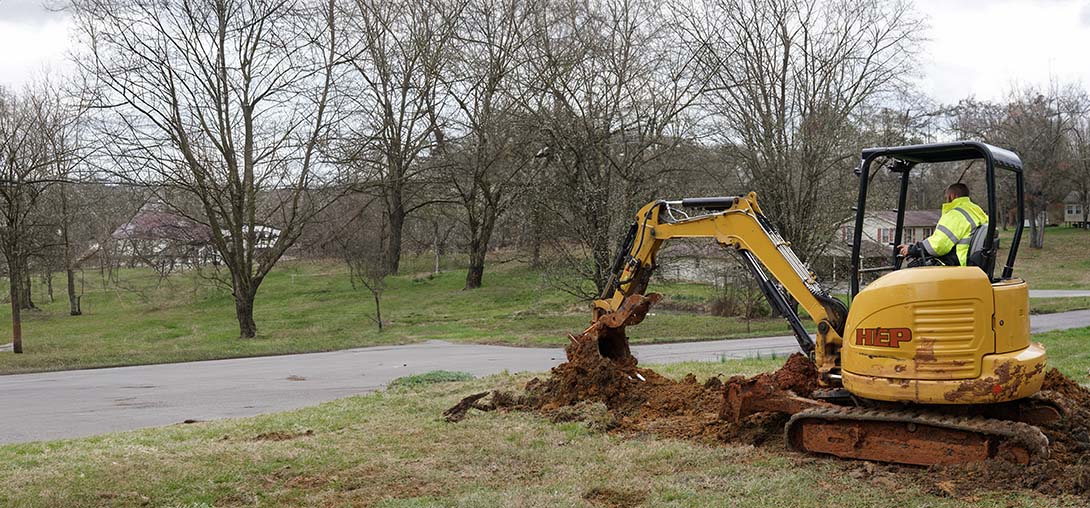

Complex Plumbing Problems
Your trusted partner for professional home services. Quality workmanship, guaranteed satisfaction.




- HEP
- Complex Plumbing Problems
Complex Plumbing Problems | Main Line Issues | Plumbing | Pikeville
When water backs up in your Pikeville home, the culprit is often lurking deep beneath the lawn or driveway—hidden cracks, invasive tree roots, or years of buildup choking the main pipe. These are the kind of complex plumbing problems HEP solves every day, and no challenge is bigger than stubborn main line issues. Our licensed technicians combine high-resolution camera inspections with powerful hydro-jetting and trenchless repair methods, so we can pinpoint the fault and fix it without turning your property into a dig site.
From the first emergency call to the final pressure test, you get transparent pricing, clear communication, and workmanship that keeps Pikeville’s water flowing freely. Whether you wake up to gurgling drains or notice soggy patches in the yard, trust HEP to diagnose, repair, and warranty your main line issues with speed and precision—so you can get back to life, not leaks.
FAQs
What are the most common main-line plumbing issues homeowners in Pikeville face?
In Pikeville we see three main culprits: (1) root intrusion from the many mature trees that line older neighborhoods, which forces roots into clay or cast-iron sewer pipes; (2) pipe bellies or separations caused by the shifting hillside soils common to the region; and (3) corrosion or mineral scale inside aging galvanized or cast-iron water mains. Any of these can restrict flow, cause recurring blockages, or allow groundwater and debris to enter the line.
How can I tell if my sewer main line is clogged or broken?
Warning signs include multiple fixtures backing up at once (for example, the tub gurgles when you flush or the basement floor drain overflows), slow drains in the lowest level of the house, foul odors in the yard, or soggy, extra-green patches of lawn above the pipe route. A complete break sometimes creates a sinkhole or causes sewage to surface outdoors. The only sure way to confirm the problem is a camera inspection; we feed a waterproof video scope through a clean-out to locate the exact point of obstruction or damage.
Do the clay soils and hilly terrain around Pikeville affect my main water or sewer line?
Yes. Our clay-rich soil expands when wet and contracts when dry, putting stress on buried pipes and joints. In sloped yards the downhill movement of soil can create pipe bellies—low spots where waste settles—or pull joints apart. Proper bedding (gravel backfill) and modern materials like SDR-35 PVC or HDPE minimize the risk, and trenchless liners can rehabilitate an existing line without fighting the hillside.
What steps should I take immediately after noticing a main line backup?
1) Stop running water and do not flush toilets to prevent wastewater from overflowing. 2) Shut off the main water supply if the backup is severe or if water is actively entering the house. 3) Call a licensed local plumber for an emergency auger or hydro-jet service. 4) If wastewater has flooded living spaces, contact your insurance carrier and begin clean-up with proper protective gear; gray or black water can contain pathogens. 5) Keep children and pets away from the affected area until professional sanitation is completed.
Does repairing or replacing a main line require permits in Pikeville, and how long does the process take?
Yes. Pikeville follows Kentucky Plumbing Code, so any main water or sewer line work beyond simple snaking needs a permit and inspection by the Pike County Health Department or city utilities inspector. A reputable plumber will pull the permit for you. Emergency spot repairs can often be approved within hours, but full replacements typically need 1–2 business days for permit issuance and utility locates (call 811). After approval, a trenchless replacement can be finished in one day; an open-cut job may take 2–3 days plus restoration time for landscaping, concrete, or asphalt.
How much does a typical main line repair or replacement cost in Pikeville, and what factors influence the price?
Minor spot repairs or root removal start around $300–$600. Pipe lining or pipe-bursting trenchless replacements average $90–$140 per linear foot, so a 50-foot line can run $4,500–$7,000. Traditional open-cut replacements average $70–$110 per foot but can become more expensive once you add sidewalk, driveway, or retaining-wall restoration. Costs rise with deeper pipe depth, rocky soil, or the need for traffic control on city streets. Most plumbers offer a free on-site estimate after a camera inspection to give you an exact figure.